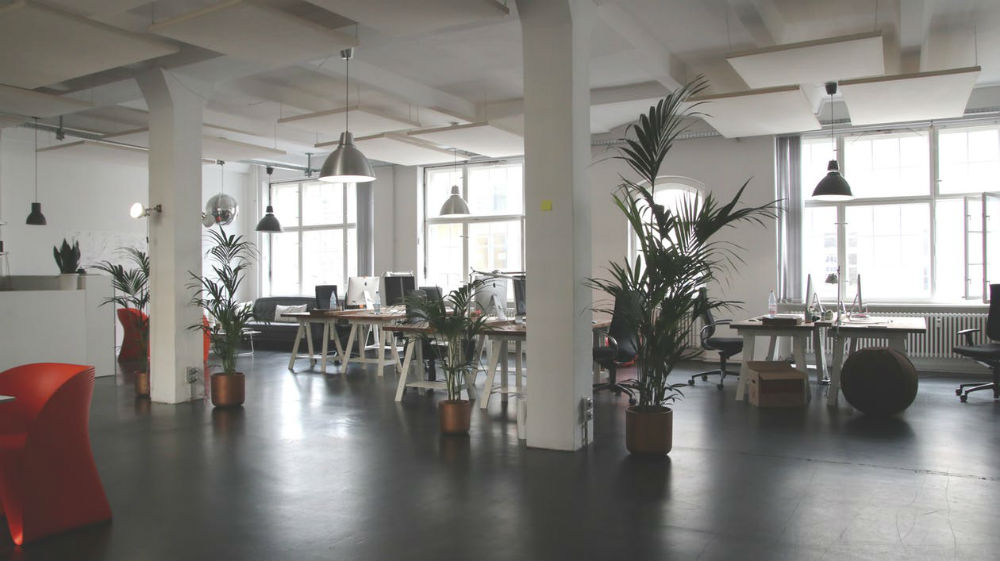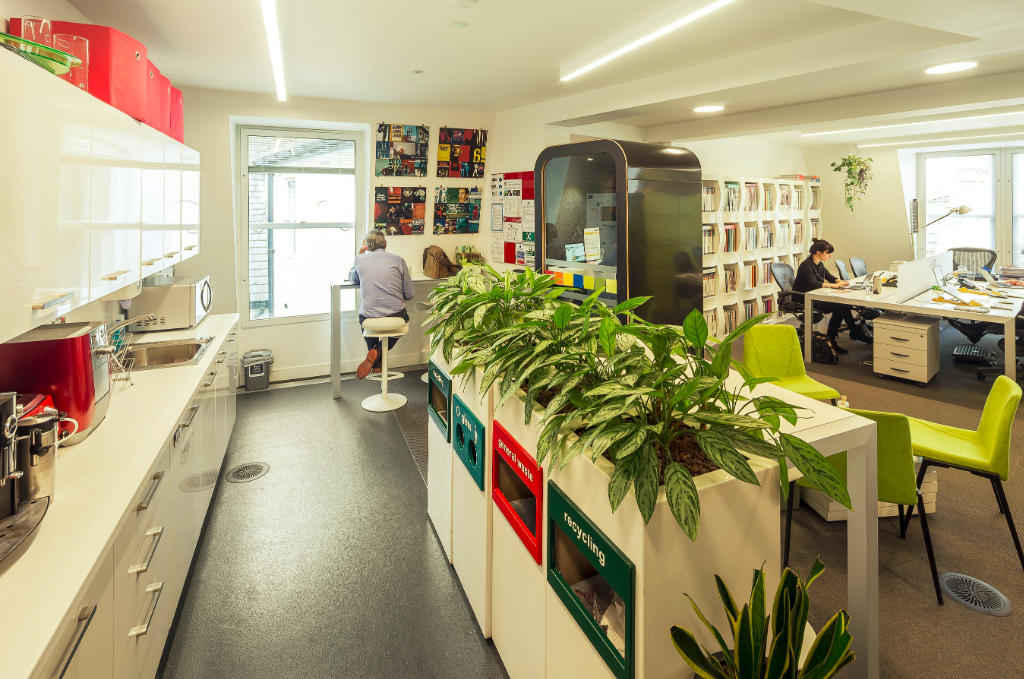Building a strong company culture is now the zeitgeist of the business world. Employee happiness is the key to a more motivated, creative and productive workforce. In contrast, unhappy workers can cost your business dear, in terms of sick leave, presenteeism and staff turnover. Creating a positive culture in business is complex, but get it right and you’ll get the best out of your employees. Building a productive work environment requires collaboration, support, challenges, opportunities, work-life balance, flexible working, personal development, career progression and the best work environment possible. Organisational culture isn’t things. Bean bags, chill-out rooms and football tables are meaningless if employees aren’t engaged in the values and vision of the business. But, the comfort of the environment in which people work is also vital for optimum productivity.

In this article, I’m putting the focus back on the actual office environment, which has been somewhat pushed aside in the quest for the less tangible aspects of employee engagement and productivity. Here are 4 ways to ensure employees have an optimum environment to work in (without the gimmicks!).
- Natural light is a real perk
There’s a proven link between light levels and the quality of your staff’s sleep and energy. Exposure to more natural light during the day and less light at night is critical for healthy sleep patterns because it helps to set the body’s internal “circadian” rhythms.

Most people don’t realise that we need both bright light during the day AND darkness at night to sleep well. Pair that with the fact that offices aren’t generally set up to expose us to bright light during the day and you can see why employees may be struggling to get a good night’s rest. According to one survey, employees voted natural light and a view of the outside as more important than onsite cafés, gyms and even premium perks like on-site childcare. The study found that a lack of natural light harmed the employee experience. Having a view from the window actually increases productivity. Another study revealed that computer programmers spent 15% more time working when they had a view. Those without a view spent 15% more time chatting on the phone, or to each other.
There is, of course, the issue of glare when it comes to natural daylight and the work environment. It’s why many office environments shut out daylight with the use of blinds. However, there are modern alternatives that can deal with glare but still allow employees to experience natural daylight. Commercial blinds supplier, Aquarius Blinds, recommend a vertical blind solution for large floor-to-ceiling windows as this allows the amount of light coming in to be easily controlled, allowing optimum light without creating glare.
- Offer a break-out space
BauceMag quotes a study published by the Queen’s University Belfast that connected 70,000 deaths per year in the UK to prolonged sitting
Chaining your workers to their desks is disastrous for productivity. People just can’t work at their optimum without regular breaks. According to Smart Business, a workday without breaks is a drain on productivity and is damaging to health (eye strain, aches, and pains). Conversely, they report that short breaks can have a positive impact on employee productivity, because they:
- Promote creativity
- Re-focus attention
- Lessen fatigue and exhaustion
- Reduce eye strain, and neck and shoulder pain
- Reduce stress
- Encourage cross-team bonding and collaboration
- Add Greenery
Plants don’t just look nice in the office, and oxygenate the air, they have a positive impact on productivity too. Humans have an innate desire to be close to nature. It’s actually true and there’s a scientific name for it – biophilia. It is essentially the urge to affiliate with other forms of life, including plant life.

Scientists at the University of Exeter studied the effect of plants in the workplace and found that greenery in the office improved productivity by up to 15 percent. See some great tips on choosing plants for your office here.
- Provide ergonomic workstations and standing desks
It doesn’t take much to work out that the comfort of your employees will have an impact on productivity. Workers who are more comfortable are more engaged with their work. Staff who are given ergonomic workstations also feel more genuinely cared for by their employers. There is a growing bank of evidence to suggest that one of the main drivers of employee engagement is whether or not workers feel their managers are genuinely interested in their wellbeing. According to the Chartered Institute of Personnel and Development (CIPD), cultivating a healthy workplace is a core enabler of employee engagement.
These days people spend a lot of time sitting down, especially those in office-based roles, and this has been linked to poor health. According to the NHS, prolonged sitting contributes to long-term chronic medical conditions. A study of NHS office workers found that adjustable desks led to better performance, reduced sickness and less anxiety.
Ergonomic chairs can also improve the office infrastructure and have been shown to reduce neck, shoulder and back pain, and enhance productivity. See more about how ergonomic chairs can impact on staff productivity and happiness here.
Photo credits: Unsplash, Pexels, eOffice
